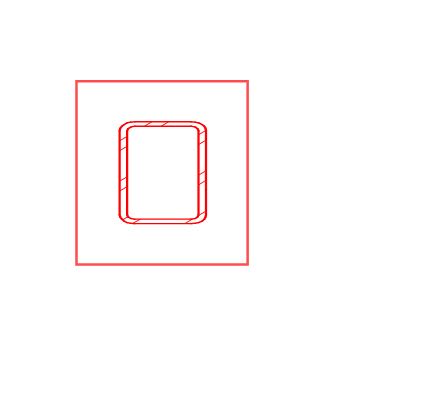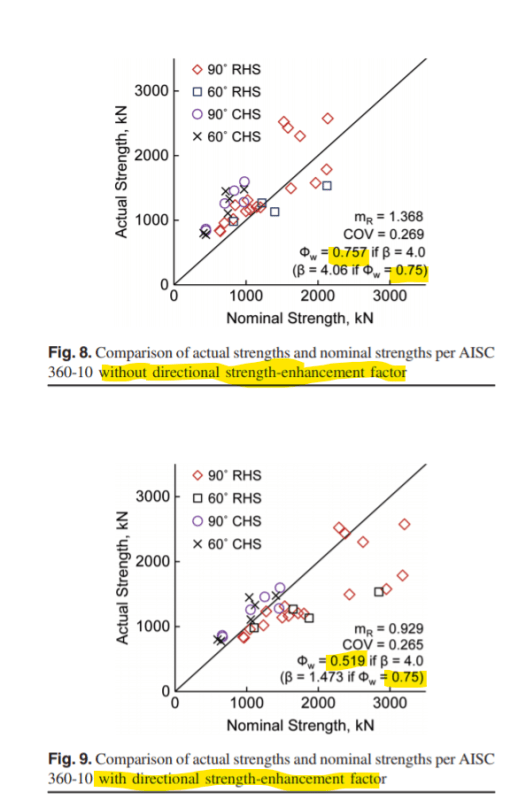Veer007
Civil/Environmental
- Sep 7, 2016
- 379
i have to weld 3/8" size of fillet weld to (HSS6X6X1/4) 1/4" wall thicknes of HSS, as far as i know the weld size must not exceed (D-1/16") where D is wall thickness, But there is a table (3-46,90° fillet size to develop wall strength) shown in CISC handbook says larger weld size, Anyone have encounterd this type of case? advise
Thanks in advance!!
Thanks in advance!!


